Ethiopian Airlines Flight 961, a Boeing 767-200ER, was hijacked on 23 November 1996, en route from Addis Ababa to Nairobi on an Addis Ababa-Nairobi-Brazzaville-Lagos-Abidjan service, by three Ethiopians seeking asylum in Australia. The plane crash-landed in the Indian Ocean near Grande Comore, Comoros Islands, due to fuel exhaustion; 125 of the 175 passengers and crew on board died, along with the hijackers; the official accident report stated that of the survivors four were uninjured and the remainder sustained injuries.
The incident is one of the only documented water landing attempts of a widebody airliner with survivors. Until the 11 September 2001 attacks, it was the deadliest hijacking involving a single aircraft, and the second deadliest hijacking after the 1990 Guangzhou Baiyun airport collisions.

§Aircraft
The aircraft involved in the accident was a Boeing 767-260ER, registration ET-AIZ, c/n 23916, that had its maiden flight on 17 September 1987. Powered by two Pratt & Whitney JT9D-7R4E engines, it was delivered new to Ethiopian Airlines on 22 October 1987. Except for a short period between May 1991 (1991-05) and February 1992 (1992-02) when it was leased to Air Tanzania, the airplane spent its life in the Ethiopian Airlines fleet. It was 9 years old at the time the incident took place.
Captain Leul Abate (42), an experienced pilot with over 11,500 total flight hours, was the pilot-in-command. The first officer on the flight was Yonas Mekuria (34). He had flown more than 6,500 hours.
The flight had been delayed in order to allow a connecting flight to feed passengers. The aircraft took off at 0809 UTC.
§Description
§Hijack
At about 08:29 UTC, when the aircraft, referred to as Zulu by Ethiopian Airlines' pilots, after the last letter of its registration, was still flying over Ethiopian airspace, three Ethiopian men charged the cockpit and hijacked the aircraft after taking an axe and a fire extinguisher from the cockpit. According to a special Airdisaster.com report, "One of the men ran down the aisle toward the cockpit, shouting statements that could not be understood, and his two accomplices followed soon after." The Airdisaster report described the men as "young (mid-twenties), inexperienced, psychologically fragile, and intoxicated." Ethiopian state-operated radio later identified the hijackers as two unemployed high-school graduates and a nurse; their names were Alemayehu Bekeli Belayneh, Mathias Solomon Belay, and Sultan Ali Hussein (they did not say who had which description).
The men threatened to blow the plane up in flight if the pilots did not obey their demands. The hijackers said that there were eleven of them when in fact there were only three. After forcing Yonas into the cabin, they made an announcement. Over the intercom, they declared in Amharic, French and English that if anyone tried to interfere, they had a bomb and they would use it to blow up the plane. Authorities later determined that the purported bomb was actually a covered bottle of liquor.
The hijackers demanded the plane be flown to Australia. Leul tried to explain they had only taken on the fuel needed for the scheduled flight and thus could not even make a quarter of the journey, but the hijackers did not believe him. They had been reading the Selamta in-flight magazine stating that the maximum flying time of the airplane was 11 hours.
Instead of flying towards Australia, the captain followed the African coastline. The hijackers noticed that land was still visible and forced the pilot to steer east. Leul secretly headed for the Comoro Islands, which lie midway between Madagascar and the African mainland.
§Crash landing
The plane was nearly out of fuel as it approached the island group, but the hijackers continued to ignore the captain's warnings. Out of options, Leul began to circle the area, hoping to land the plane at the Comoros' main airport. This forced Leul to land at more than 175 knots (324 km/h; 201 mph).
Leul tried to make an emergency landing at Prince Said Ibrahim International Airport on Grande Comore, but a fight with the hijackers at the last minute caused him to lose his visual point of reference, leaving him unable to locate the airport. While still fighting with the hijackers, he tried to ditch the aircraft in shallow waters 500 yards (457 m) off Le Galawa Beach Hotel, near Mitsamiouli at the northern end of Grande Comore island. Leul attempted to land parallel with the waves instead of against the waves in an effort to smooth the landing. Seconds prior to contacting the water the aircraft was banked left some ten degrees; the left engine and wingtip struck the water first. The engine acted as a scoop and struck a coral reef, slowing that side of the aircraft quickly, causing the Boeing 767 to violently spin left and break apart. Except for the rear part of the airframe, the broken portions of the fuselage sank rapidly. Island residents and tourists, including a group of scuba divers and some French doctors on vacation, came to the aid of crash survivors.
Many passengers died because they inflated their life jackets in the cabin, causing them to be trapped inside by the rising water. This led to future notices about not inflating the vests before exiting the plane.
A tourist recorded a video of ET-AIZ crashing. She said that she had begun taping because she initially believed that the 767 formed a part of an air show for tourists.
§Medical treatment and repatriation of bodies
Survivors were initially taken to Mitsamiouli Hospital. The crash site was less than 2 kilometres (1.2 mi) away from this hospital. The passengers were transferred to El-Maarouf Regional Hospital Centre (Centre Hospitalier National El Maarouf) in Moroni the same day. The two French who survived and 19 injured were transported to Réunion. In Réunion, one of the injured died, making the death toll 125. Excluding those transported to Réunion, survivors were transported to Nairobi and South Africa.
At the time there was no mortuary in Moroni, so cold rooms were used to store 124 bodies.
§Investigation
On 3 December 1996 the Direction Generale de l'Aviation Civile des Comores of the Comoros agreed to delegate the investigation of ET961 to the Ethiopian Civil Aviation Authority (ECAA). The Air Accidents Investigation Branch (AAIB) analysed the flight recorders.
§Fate of the passengers and crew
The final accident report includes a listing of surviving and deceased passengers and crew. All 12 crew members were Ethiopians. Six survived, including the pilot and copilot, and six died.
The passengers originated from 36 countries.
List of passengers, not including crew members, including hijackers:
The deceased passenger count includes the three hijackers. Of the passengers, 42 originated in Bombay, including:
- Three Americans
- Nine Nigerians
- Nine Sri Lankans
- 19 Indians
The rest of the passengers originated in Addis Ababa.
Of the 175 passengers and crew members, 125 were killed, including the three hijackers. According to the accident report, all six surviving crew members and 38 passengers received serious injuries, two passengers received minor injuries, and four passengers received no injuries. One passenger, an Ethiopian, was identified as a child on the manifest; this passenger was among the dead.
Many of the passengers who died survived the initial crash, but they had disregarded or did not hear Leul's warning not to inflate their life jackets inside the aircraft, causing them to be pushed against the ceiling of the fuselage by the inflated life jackets when water flooded in. Unable to escape, they drowned. An estimated 60 to 80 passengers, strapped to their seats, presumably drowned.
Leul and Yonas both survived. For his actions, Leul was awarded the Flight Safety Foundation Professionalism in Flight Safety Award.
§Notable passengers
Among those killed was Mohamed Amin, a wartime photojournalist and publisher of Selamta, Ethiopian Airlines' in-flight magazine. He was believed to be standing near the entrance to the cockpit arguing and negotiating with the hijacker presumed to be guarding the cockpit during the final moments of the flight. Brian Tetley, Amin's colleague, also died.
CIA officer Leslianne Shedd, who was posted to Ethiopia, died in the crash. At the CIA's 2012 Annual Memorial Ceremony to Honor Fallen Colleagues, the Agency recalled survivors of the crash telling the CIA that "Leslianne...spent her final moments comforting those around her."
Franklin Huddle, the U.S. Consul General of Bombay at the time, and his wife Chanya "Pom" Huddle both survived the crash. Huddle said that he chose to fly on Ethiopian Airlines while planning a safari trip to Kenya because of the airline's reputation. Huddle said in an interview that Ethiopian Airlines was one of two in Africa to have Federal Aviation Administration certification. Huddle wanted a flight during the day, reasoning that flying during the day was "safer." Huddle credited his and his wife's survival to a last-minute upgrade to business class.
Other passengers who perished on the aircraft included Lt.Gen.(Ret.) Antal Annus, the Hungarian ambassador to Kenya and a French foreign ministry official.

§Maps
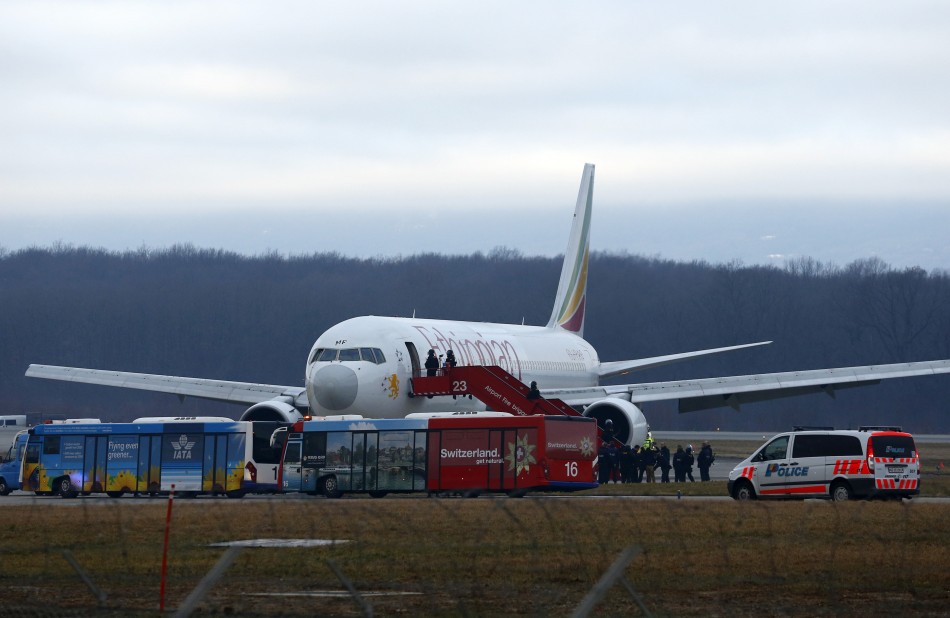
§Aftermath
A memorial service was held in Galawa on 30 November 1996.
The incident has become a well-known hijacking because of the videotape. This was one of very few large airliner water landings, and was the first hijacked water landing. Both the captain and first officer of the flight received aviation awards, and both continued to fly for Ethiopian Airlines.
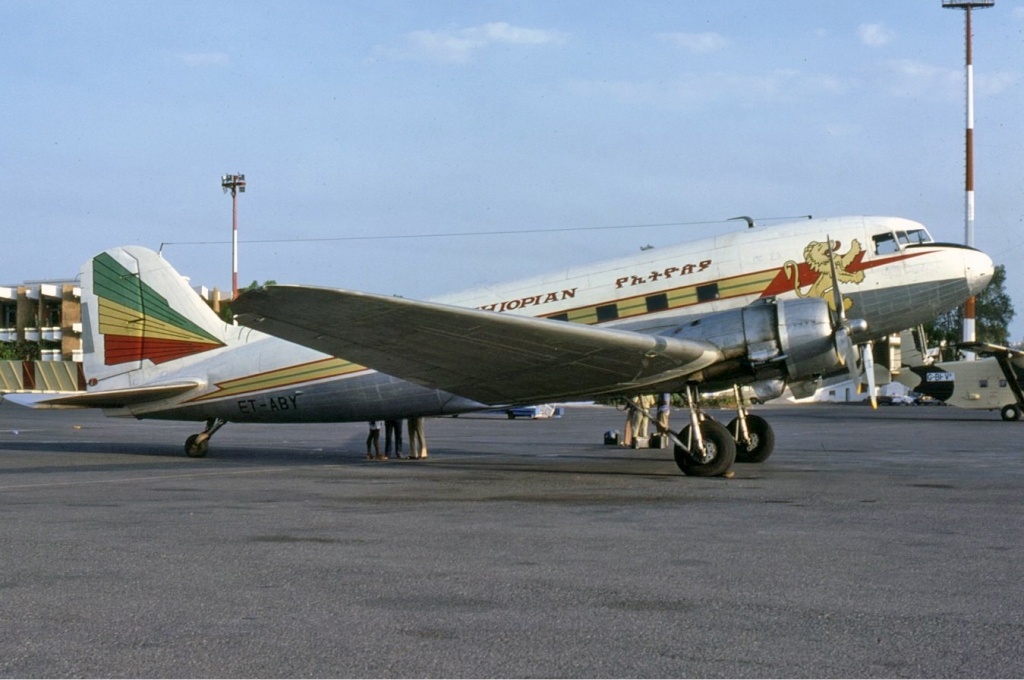
§In the media
The crash was featured in three episodes of Mayday (Air Emergency, Air Crash Investigation). The first appearance was in season 1 to explain what might have happened if Air Transat Flight 236 had ditched instead of landing in a nearby airport. In season 3, an episode ("Ocean Landing") covered the events of Flight 961 in detail. Most recently, it featured in the season 10 episode covering US Airways Flight 1549, to explain the risks of that crew's decision to ditch in the Hudson River. It was also featured in a 2010 episode of the Biography Channel series I Survived..., in which a survivor told his story of what happened on the plane.

§See also
- Air Canada Flight 143
- Air Transat Flight 236
- Ethiopian Airlines accidents and incidents
- Guangzhou aircraft collision
- List of notable accidents and incidents on commercial aircraft
- List of airline flights that required gliding
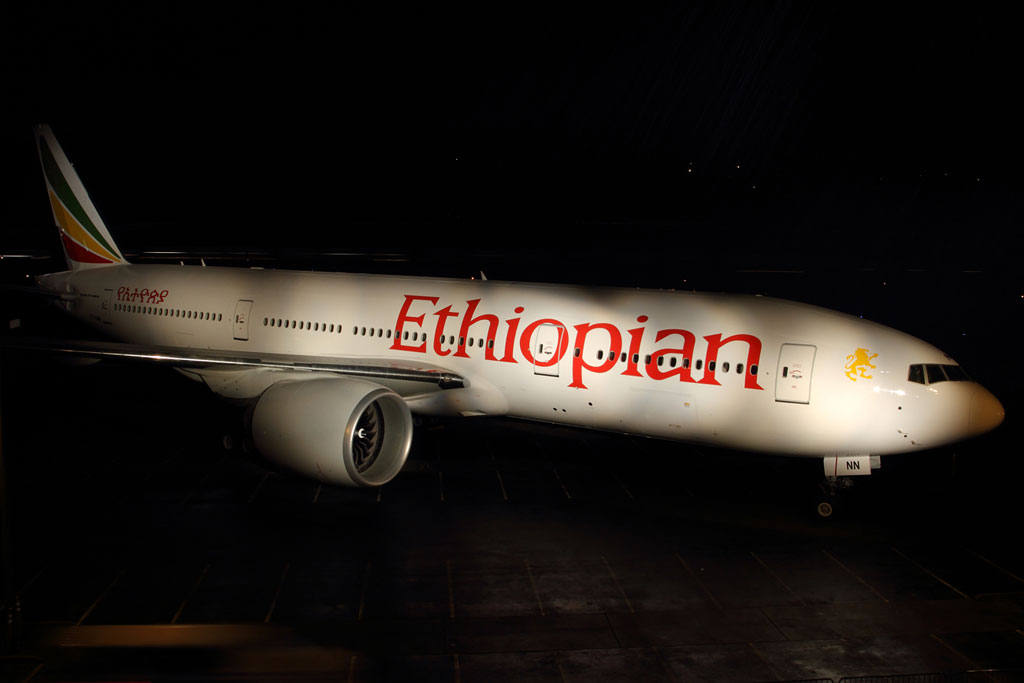
§References
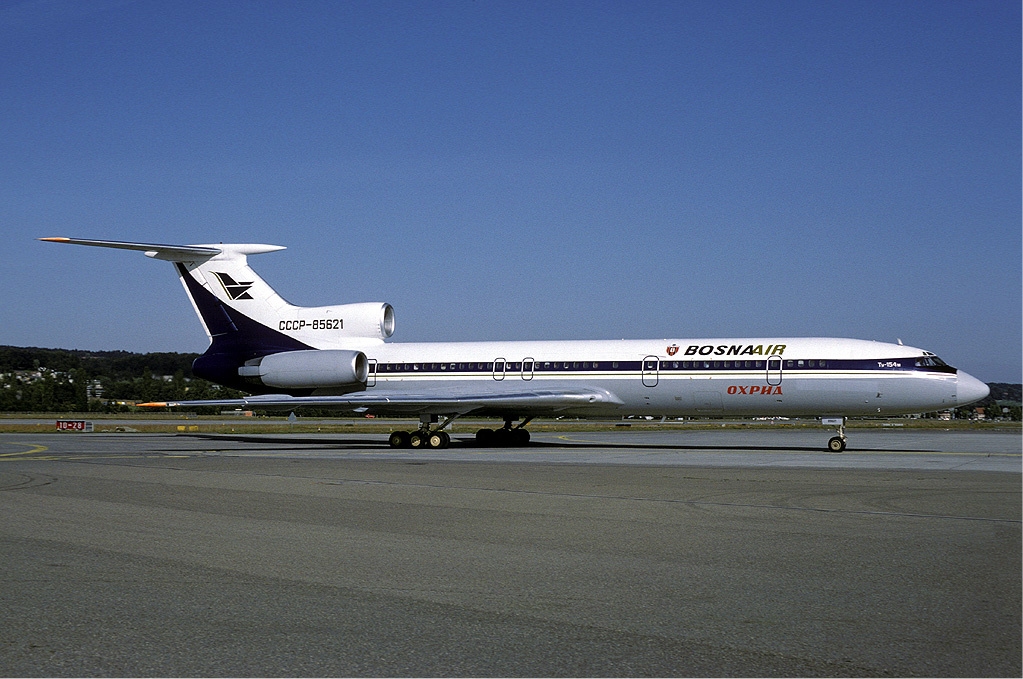
§External links
- Final Incident Report (Archive) - Ethiopian Civil Aviation Authority - Includes list of passengers, surviving and deceased
- "Milestones." TIME. 9 December 1996. - Announcement of deaths of Mohammed Amin and Brian Tetley
- "Rescuers continue search for victims of hijacked plane." (Archive) Associated Press at the Lubbock Avalanche-Journal. 1996.
- The Hijacking of Ethiopian Airlines Flight 961 (Criminal Acts Against Civil Aviation - 1996, FAA) (Archive)
- Video clip of the crash
Interesting Informations
Looking products related to this topic, find out at Amazon.com
Source of the article : here
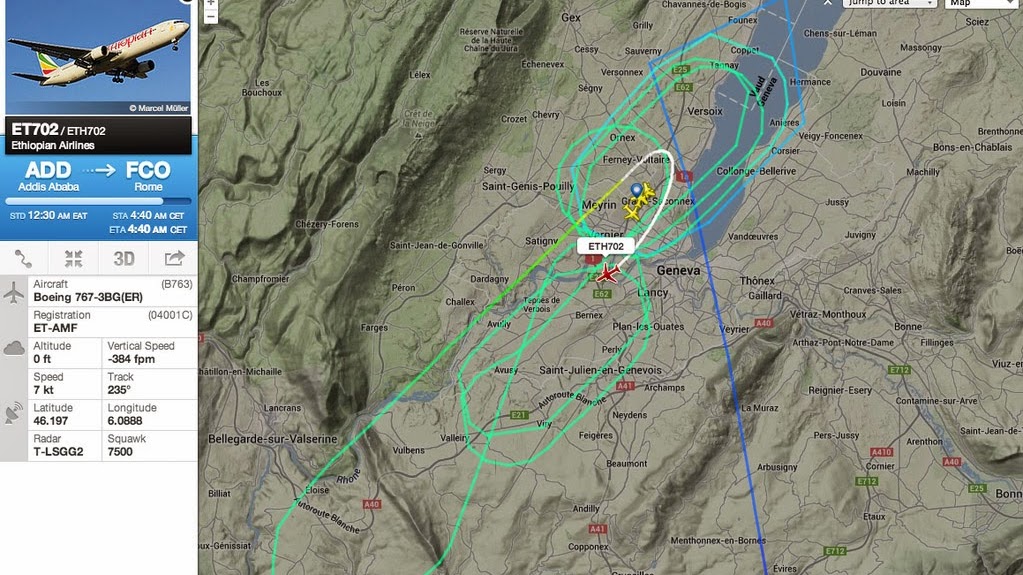

EmoticonEmoticon